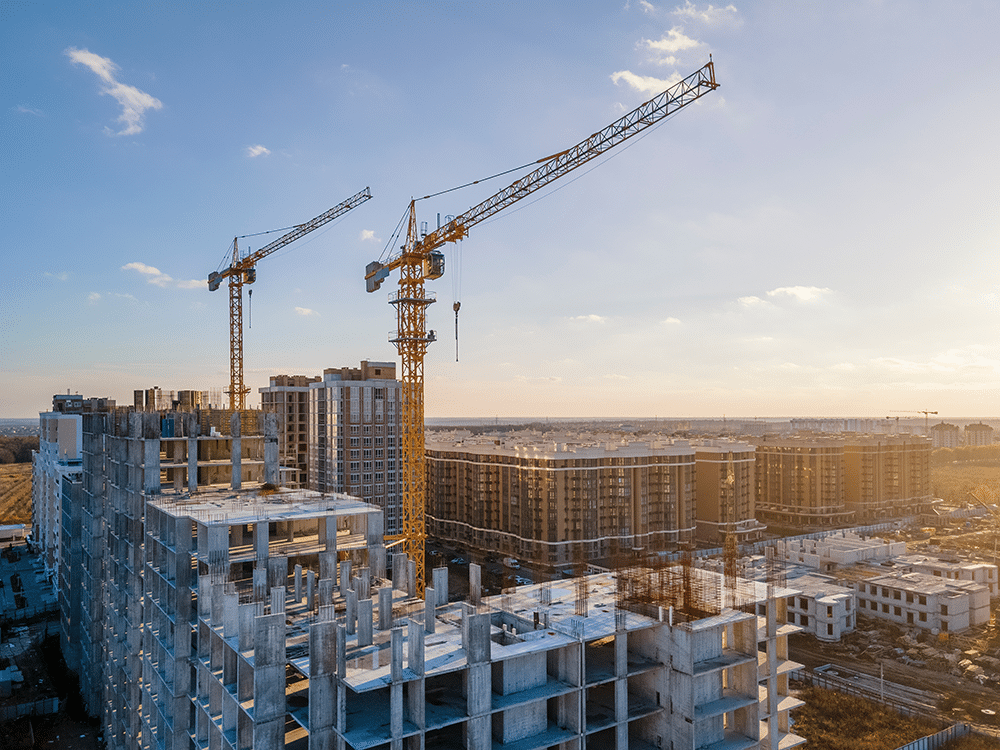Clearly, China’s economy is not yet back on the recovery track, as evidenced by the mixed bag of data for May released on Monday. According to data from the National Bureau of Statistics (NBS), industrial production in China saw a 5.6% increase in May 2024 compared to May 2023. However, overall production was also down from the 6.7% growth posted in April this year.
Despite this annual rise, the May industrial production figure fell short of analysts’ expectations of about 6% growth. The slowdown in the real estate sector was said to be one reason for this, despite the implementation of government-led fiscal support measures. On the other hand, another marker of economic growth, retail sales, rose 3.7% year-on-year in May. This figure represents an increase from the 2.3% rise in April. Meanwhile, manufacturing investment for the first five months of this year also registered a growth of 9.6%.
After the publication of the May economic figures on Monday, iron ore prices dropped by over 2%, while copper extended its recent decline. According to Bloomberg, this highlighted ongoing weaknesses, particularly in the metals-intensive property sector.
Global industrial production affects a multitude of industries and commodities. Get all of the latest updates with MetalMiner’s weekly newsletter.
Impact on Metal Prices
This past week, copper fell 1.1% to U.S. $9,631 a ton on the London Metal Exchange (LME). The red metal had recently touched a record high of just above $11,000, but retreated following concerns about rising global inventories and the sketchy performance of the Chinese economy.
Meanwhile, aluminum prices fell by as much as 1.2%, reaching a two-month low below $2,500 a ton. This decline followed China’s aluminum production hitting a record high last month as smelters resumed operations. The restart mainly stemmed from improved hydropower reserves in Yunnan, where heavy rains alleviated electricity supply issues caused by recent droughts.

According to Reuters, despite retail sales surpassing forecasts, most of Monday’s data painted a largely downbeat picture, further highlighting the bumpy recovery trajectory for the world’s second-largest economy. Investments in fixed assets grew by 4.2% year-on-year in the first five months of 2024, with investments in industrial production showing a significant 9.6% increase. In the meantime, China continues to emphasize “quality improvement” through technological advancements and innovation.
China’s Private Investment Stalls
However, private sector investment remains sluggish, growing by only 0.1% year-on-year from January to May. This is a significant decline from the 0.3% seen in the first four months, indicating weak confidence among private businesses. In contrast, public sector investments rose by 7.1% year-on-year over the same period.

According to analysts, the saving grace was the support the Chinese economy received from exports and a notable increase in steel production in May. Nevertheless, the persistent weakness in the real estate market continues to impact household consumption and investment. It was evident from the May report that three things were proving to be a hurdle in the China growth story: the property market slump, high local government debt, and deflationary pressure.
MetalMiner’s Annual Metals Outlook provides 12 full months of industrial metal price forecasting. Our June interim update just released, get a sample report.
Real Estate Market Performance and Industrial Production
New home prices in China fell by nearly 4% in May compared to a year earlier, a sharper decline than the 3% drop observed the previous month. According to this report, this monthly decrease is the steepest in almost a decade. Indeed, property investment in the first five months of 2024 fell by 10% year-on-year.
In response to the struggling housing market, Chinese officials announced a series of measures last month to boost demand and reduce supply. These measures included removing minimum interest rates on mortgages and allowing local governments to purchase unsold properties. Economists with Goldman Sachs were quoted as saying that despite the recent round of housing easing, property-related activity remained depressed in May.

Meanwhile, China’s May steel production increased by 8.1% compared to the previous month and by 2.7% compared to May 2023, reaching 92.86 million tons. However, steel production between Jan-May 2024 decreased by 1.4% year-on-year. The May production was the highest monthly figure since March 2023, exceeding analysts’ expectations of 87-90 million tons. In fact, the daily steel production touched about 3 million tons in May, up from 2.86 million tons in April and 2.91 million tons in May 2023.



